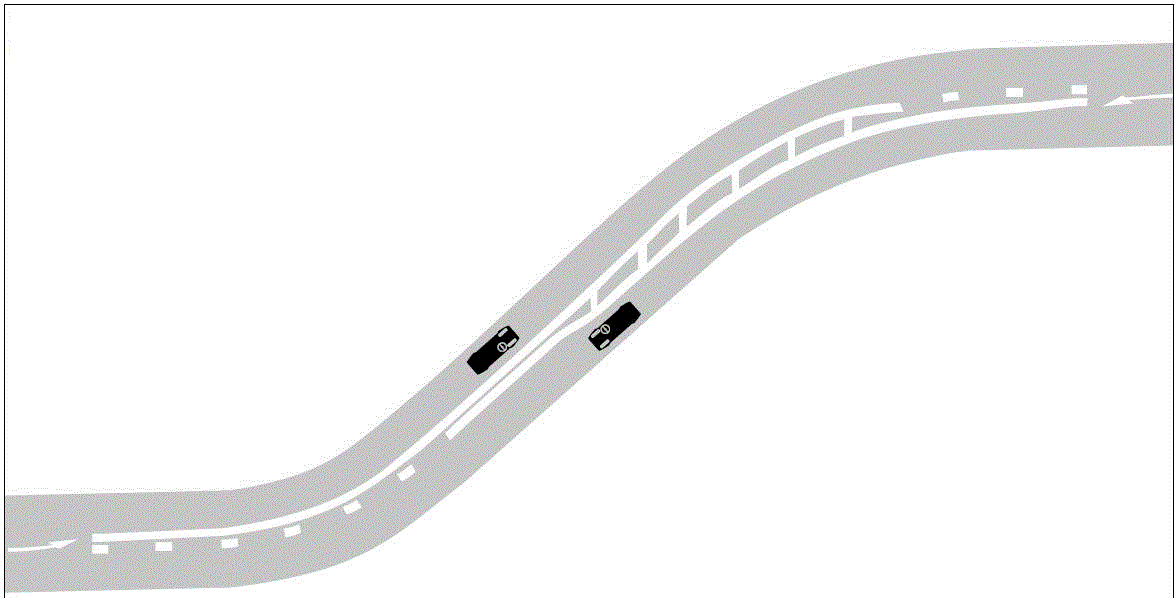

A warning arrow marked on the road will give you time to 'get over to the left' before the 'Double white' lines begin.

If the line nearer to you is solid, you must not cross or drive on the lines.

Sometimes to increase the separation of opposing streams of traffic, the gap between the solid lines is widened with hatched markings. You must not drive on the lines or enter the hatched area.

If the line nearer to you is broken, you may cross or drive on the lines, but only if it is safe to do so.
You may cross the lines to overtake if you can do so before reaching a solid white line on your side.